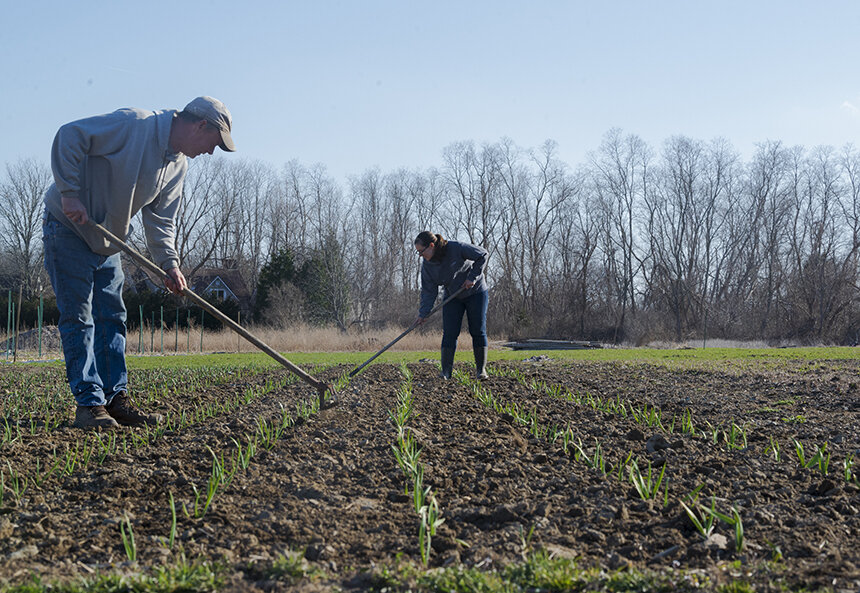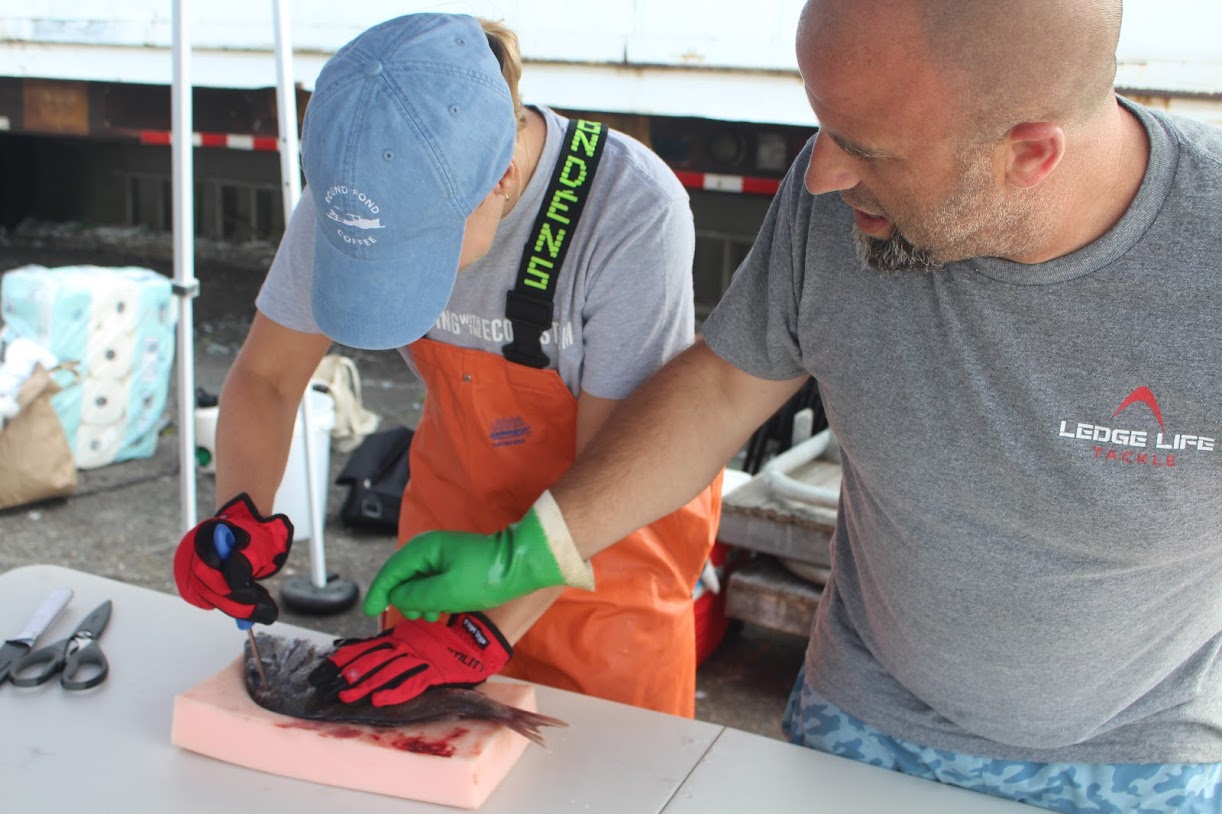City Farm Talks Chicken
November 15, 2010
PROVIDENCE — City Farm’s six chickens scratched nervously inside their coop, alternately glamming for and cowing from the growing crowd of people streaming into the farm ready to learn about all things chicken.
On a glinting late fall Saturday, Southside Community Land Trust staff and volunteers held an hourlong series of four mini-workshops at City Farm. The workshops were designed to educate people interested in keeping chickens in the city following the recent passage of an ordinance that permits local residents to keep up to six chickens on their property.
Lisa, an anthropology student at Rhode Island College who lives in Riverside, said she would love to keep chickens. The only thing stopping her is that city’s ordinance, which doesn’t permit backyard chickens.
“I’d love to have them for the eggs, and, of course, pest control, plus they would be a natural source of manure for my garden beds,” she said.
Denise Jordan, from Exeter, wasn’t sold on the idea quite yet. She had come to City Farm’s workshop to glean information about chickens, and, in particular, their manure.
“I’m interested in chickens for their manure, but I’ve heard their waste is highly acidic,” she said. For her, she explained, it is a tossup between chickens and rabbits, which she would also keep for the purposes of fertilizing her garden.
Standing in front of City Farm’s outdoor coop, upstaging the chickens for a few minutes, Rich Pederson, City Farm’s steward, shielded his eyes against the low afternoon sun and explained that the coop, a roughly 6-foot circular enclosure with chicken-wire walls and a padlocked roof, is “almost like a penitentiary,” in terms of security. The farm, he explained, had been having trouble with theft.
Aside from human pests, another concern specific to urban chicken keepers is rats. Pederson explained that City Farm built their coop with rats in mind. The walls of the coop sit a full 8 inches below the ground to create a rat barrier. To further discourage rat infestation, the farm keeps the chicken feed in a lidded bin.
In terms of harvesting the chickens’ nutrient rich manure, Pederson said he takes it from the coop, puts it directly into the compost pile and immediately covers the manure with brown matter. “This helps mask the smell and break down the manure,” he said.
Aside from the basics of raising chickens in the city, the workshop offered some other nuggets of information:
- Chickens like to take dust baths.
- Chicks bedded on newspaper can develop splayed-leg syndrome.
- Chickens need grit, which they store in their gizzard.
- Chickens should have a place to perch, preferably a rounded wooden dowel or branch.
- Chickens need roughly 13 hours of daylight to lay an egg.
- Chickens like to eat eggs, so keep a lookout, and get the eggs up quickly.
- Chicks tend to kick their bedding into their water supply, so keep the water slightly elevated, and clean it several times a day.
When one of the workshop’s leaders got to the subject of “pasting up,” a condition in which a baby chick’s droppings cake up and block their vent opening, preventing the chick from passing any more droppings, Jordan, who, prior to the workshop, had been deciding between raising chickens or rabbits was overheard saying to herself, “Rabbits are sounding better and better.”
But April Lambert, a nanny and avid gardener who lives in Providence, had already been sold on the idea of chickens … six months ago. She attended Saturday’s workshop with her one of her chickens, Sophie, in tow.
Lambert said she uses her chickens to help with gardening and pest control and, of course, for eggs. And, while she is still waiting for her first egg, the chickens have been holding up the pest control part of the bargain. “They eat all the slugs, and they’ve been keeping the yard mouse free. They are great mousers,” Lambert said.
Pederson summed up his workshop by telling the crowd, “Taking care of chickens isn’t any more difficult than keeping a dog or a cat, and the eggs are amazing.”
Categories
Join the Discussion
View CommentsRecent Comments
Leave a Reply
Your support keeps our reporters on the environmental beat.
Reader support is at the core of our nonprofit news model. Together, we can keep the environment in the headlines.
We use cookies to improve your experience and deliver personalized content. View Cookie Settings




There was such a great turnout for this event, which surprised myself and even more so, the presenters at the Land Trust! Leo printed 40 handouts, to be on the safe side, and they were gone before the presentations even began! Our best guess was there were about 80 people there for this event. We have really come a long way in increased public interest to local foods and natural living. What a great day, beautiful weather!
It was an impressive turnout. Thanks for posting the official head count.